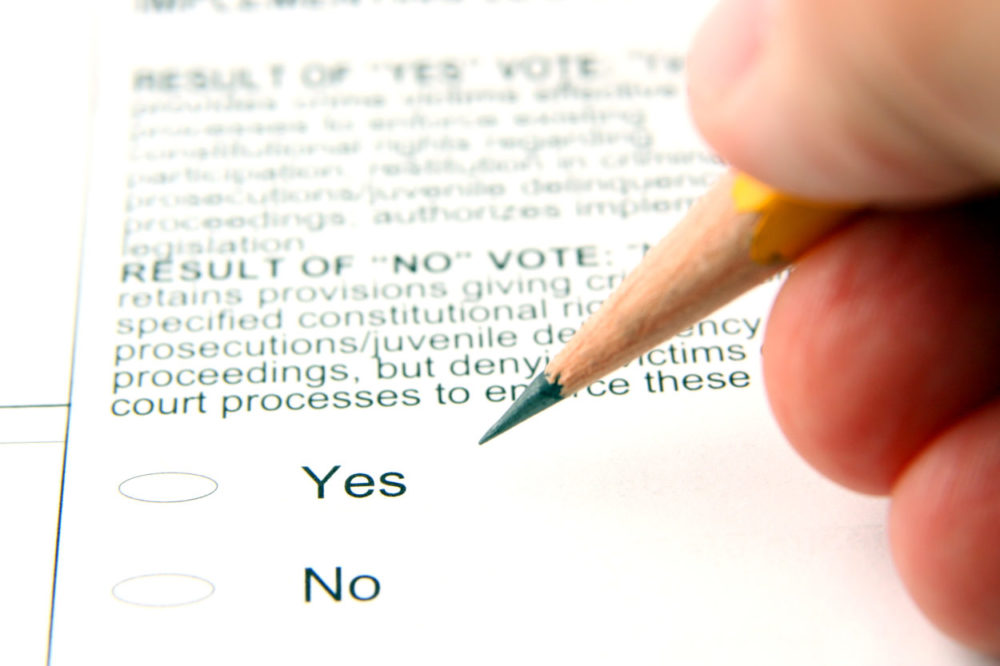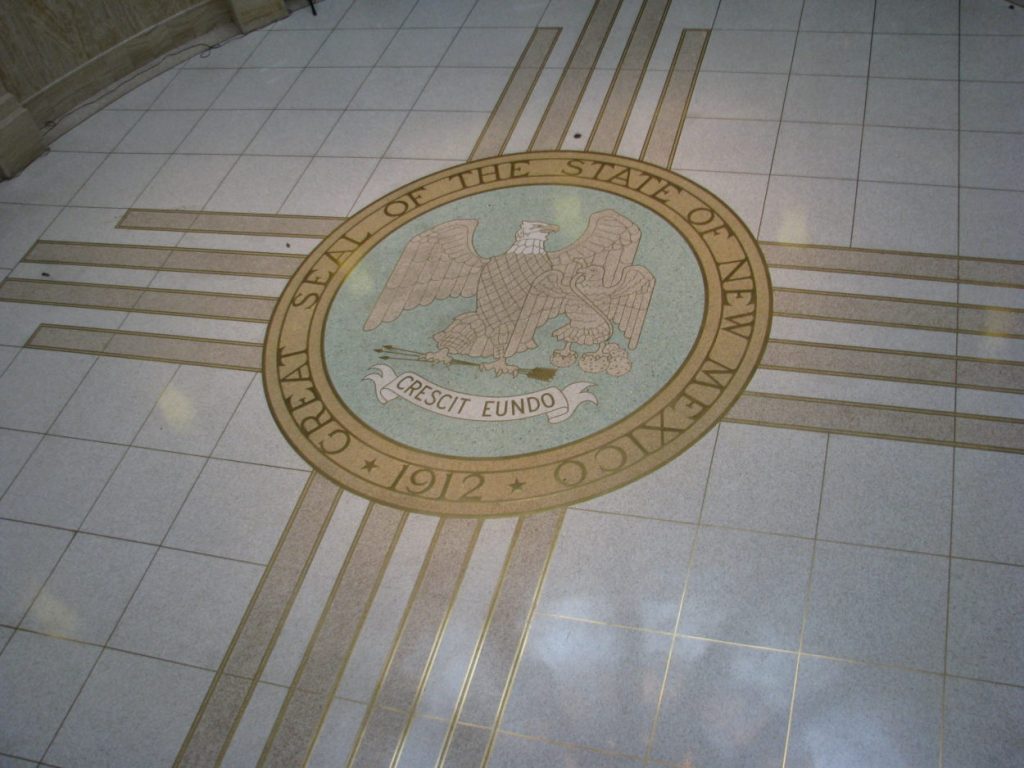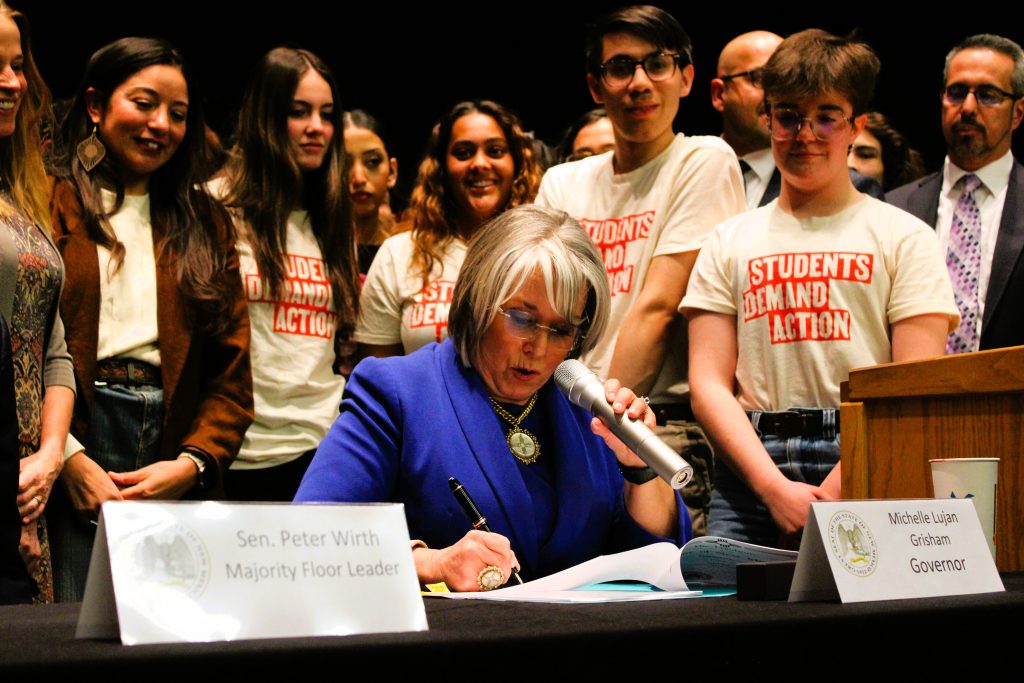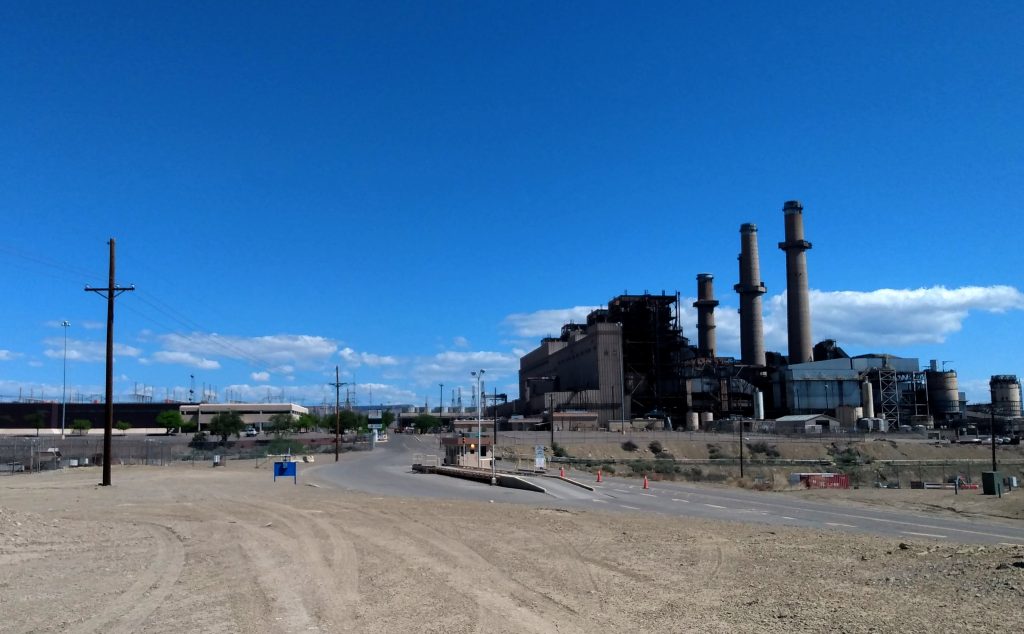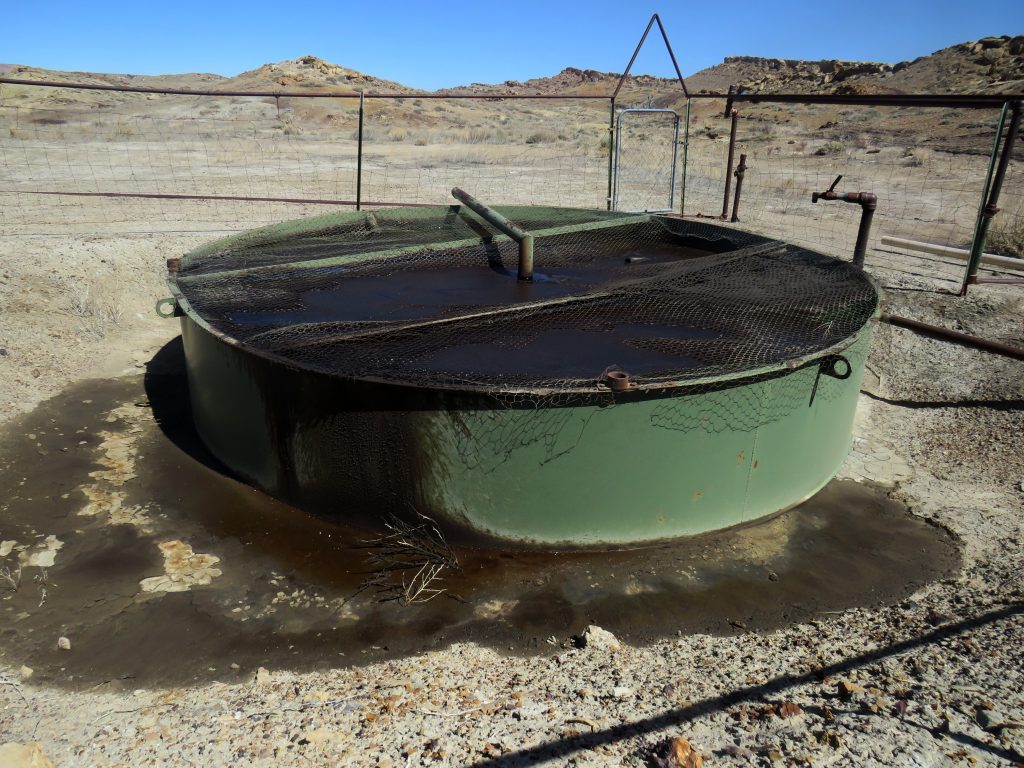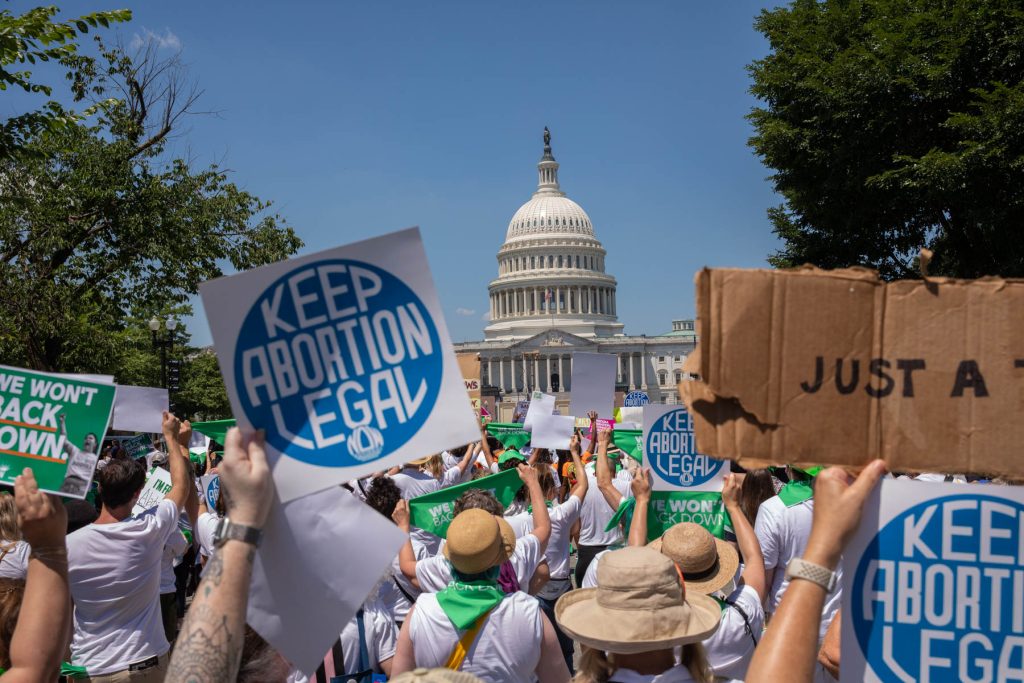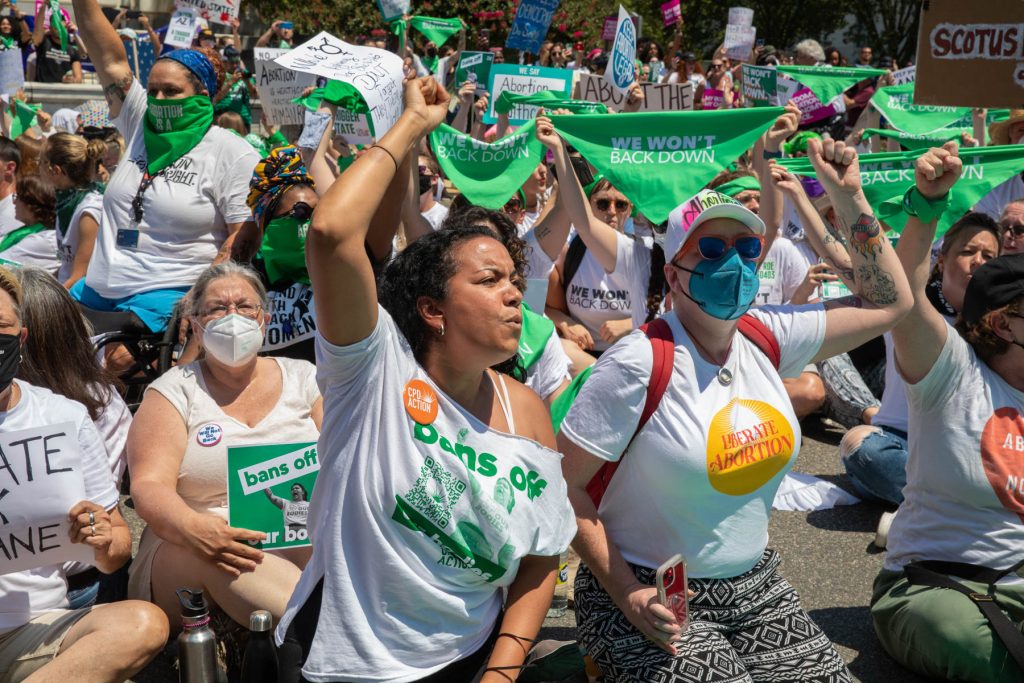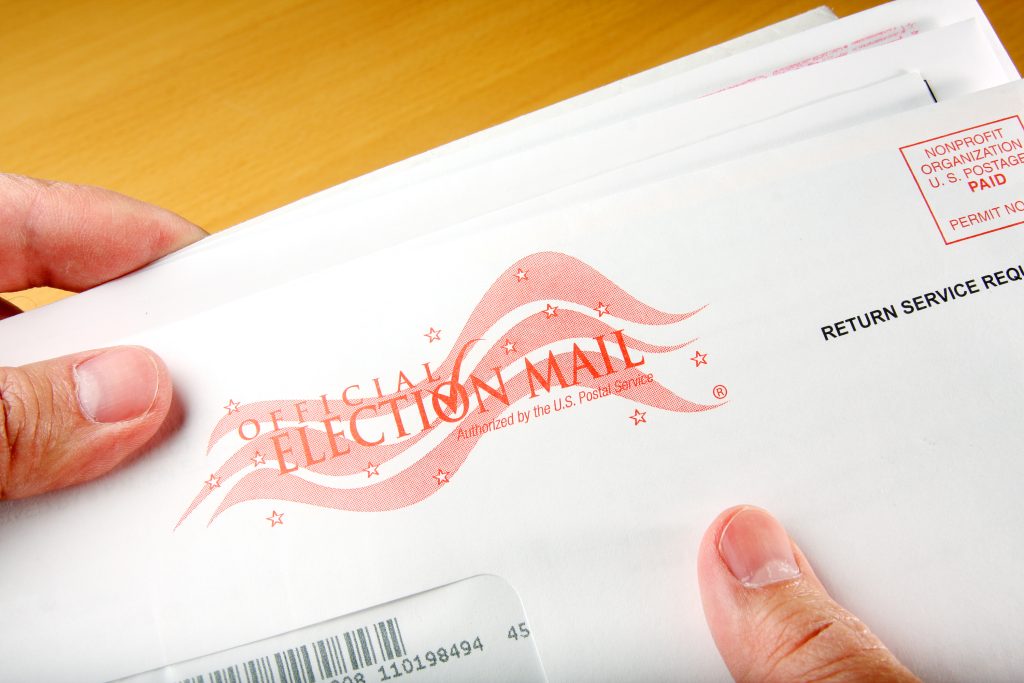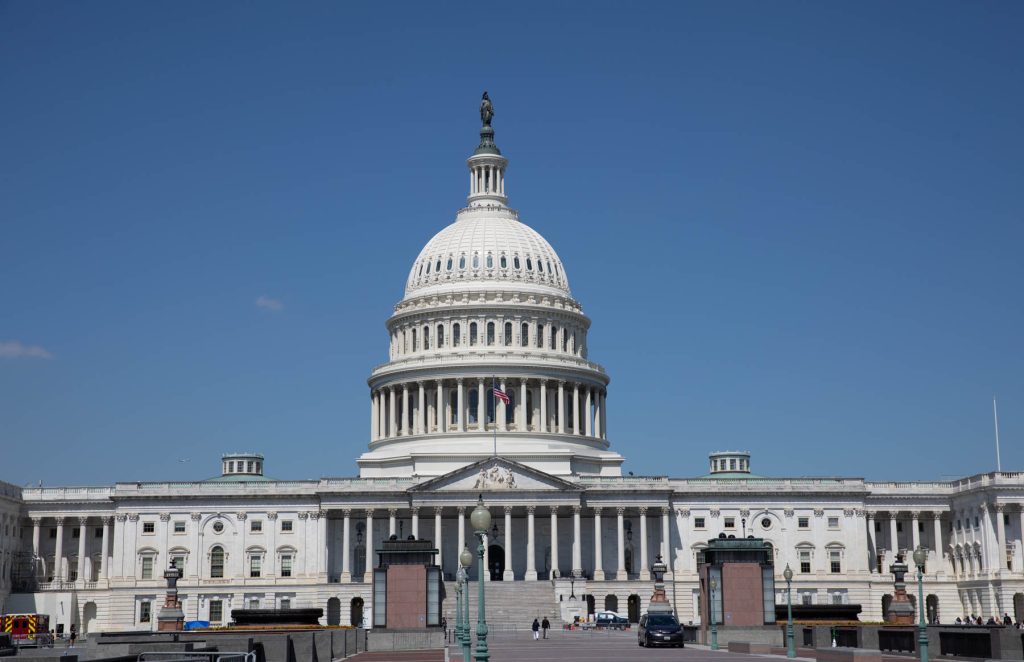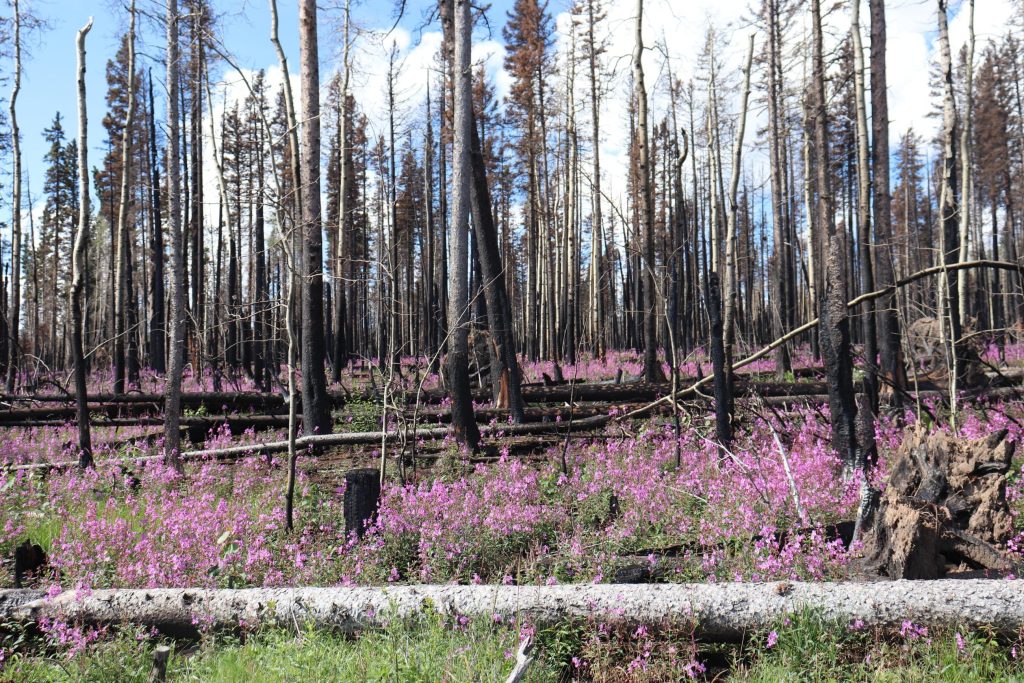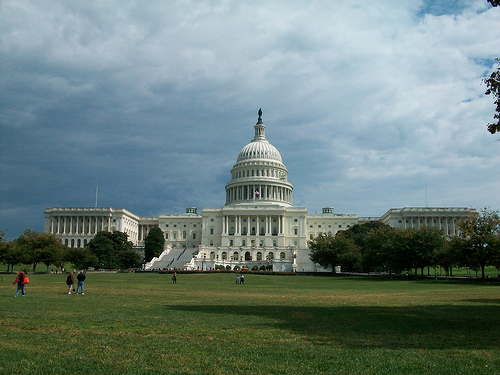State officials have urged New Mexicans to vote via absentee ballots if at all possible, citing the COVID-19 pandemic. So far, it appears, voters have heard this and are responding.
New Mexicans are voting by absentee ballot at an unprecedented rate for this June’s primaries.
As of Tuesday morning, 98,485 voters in the primary had cast ballots through absentees. In 2008, the year that previously had the highest amount of absentee ballots for a primary had just 30,854 absentee ballots cast. That number will continue to grow—as of Tuesday morning, 155,673 voters requested absentee ballots.
The state sent absentee ballot requests to every eligible voter, only those who are registered to one of the state’s three major parties are eligible to vote in primaries, in accordance with an order from the state Supreme Court.
Secretary of State Maggie Toulouse Oliver and most county clerks had asked the court to allow them to send ballots to eligible voters in light of the pandemic, but the court ruled they did not have the authority.
Voters must return their absentee ballots by 7 p.m. on June 2 for the votes to count.
The high number of absentee ballots will also mean increased work for elections officials throughout the state. Absentee ballots can be mailed in or hand delivered to a county clerk’s office or polling location.
Lindsey Bachman, the Chief Deputy Clerk in Doña Ana County, explained the process to NM Political Report in an interview last week. It takes much more than just opening an envelope and inserting the ballot into a tabulator.
“The labor-intensive piece is the actual preparation of the materials to be inserted into the tabulator,” Bachman said.
Absentee voter precinct boards in each county are responsible for processing absentee ballots.
The process is governed by state election law, and included changes since the 2018 election.
Processing the ballots includes opening the official mailing envelope, an inner envelope and then handling the ballot. All three pieces of paper are kept in the warehouse, under camera surveillance.
On Election Day, the county’s absent precinct board will feed the ballots into electronic tabulators, as happens with in-person voting, while retaining the envelopes and ballots.
She said the actual time-consuming part is keeping track and accounting for every piece of paper.
Doña Ana County was able to get to work before other counties because of the high number of absentee ballots. The state’s election code allows counties in which 10,000 or more mailed ballots were sent to voters to allow absentee ballots to be readied two weeks ahead of Election Day; for those with fewer than 10,000 mailed ballots, they can begin the process five days ahead of Election Day.
This is a change from the 2018 election, which saw delays in counting absentee ballots.
In Doña Ana County, the specter of 2018 looms over the absentee ballot process. The county received a flood of absentee ballots for the general election in November; more than 8,350, the second-most the county had ever received and a stark reversal of a trend toward increased early in-person voting.
Because of the high amount of absentee ballots and a confluence of other issues, the county was unable to provide absentee vote totals on election night; it took until Wednesday night for the county to finally announce the absentee ballot totals.
The extremely close 2nd Congressional District race cast a spotlight on the county’s vote total; only after the ballots were counted did the Associated Press call the race for Democrat Xochitl Torres Small. Her opponent, Republican Yvette Herrell, declared victory on election night, before learning that absentee ballots in Doña Ana County, the most populous county in the district, had not yet been included in the total.
“I think that we’ve done everything we can to increase our capacity to make sure that that doesn’t happen,” Bachman said of efforts this year.
The county was able to foresee the high interest in absentee ballots and “bulk up” the absentee voter precinct board, Bachman said.
In Bernalillo County, the state’s most populous, over 73,000 voters have requested ballots and 40,4016 had returned them as of Tuesday morning. In the 2008 general election, 76,654 voters returned ballots by absentee in the county.
Bernalillo County Clerk Linda Stover told NM Political Report that she was confident the county would have results on election night, though she said, “It might be later because of how many there are.”
Workers in Bernalillo County, including some Bernalillo County employees, are working on processing ballots. Stover said the workers all wear personal protective equipment and are on the opposite ends of six-foot tables.
In some rural counties, absentee ballots are hitting new heights not seen even in 2008, the state’s highest-turnout election, including the most absentee ballots returned by voters.
In Quay County, for example, 801 voters had already returned absentee ballots by Tuesday morning. In the 2008 general election, 485 voters cast votes by absentee, and just 64 in the primary.
Quay County is one of nine counties where more voters have returned absentee ballots for the primary than in the 2008 general election.
General elections have more voters for a number of reasons, from voter engagement to the fact that only those registered to major political parties are eligible to vote in primary elections.
More voters have returned ballots than the 2008 primary election in every single county in the state.
Even with the flood of new absentee ballots, Bachman was confident in her staff.
“We knew this was coming and we’ve done everything we can to prepare for it,” she said.

